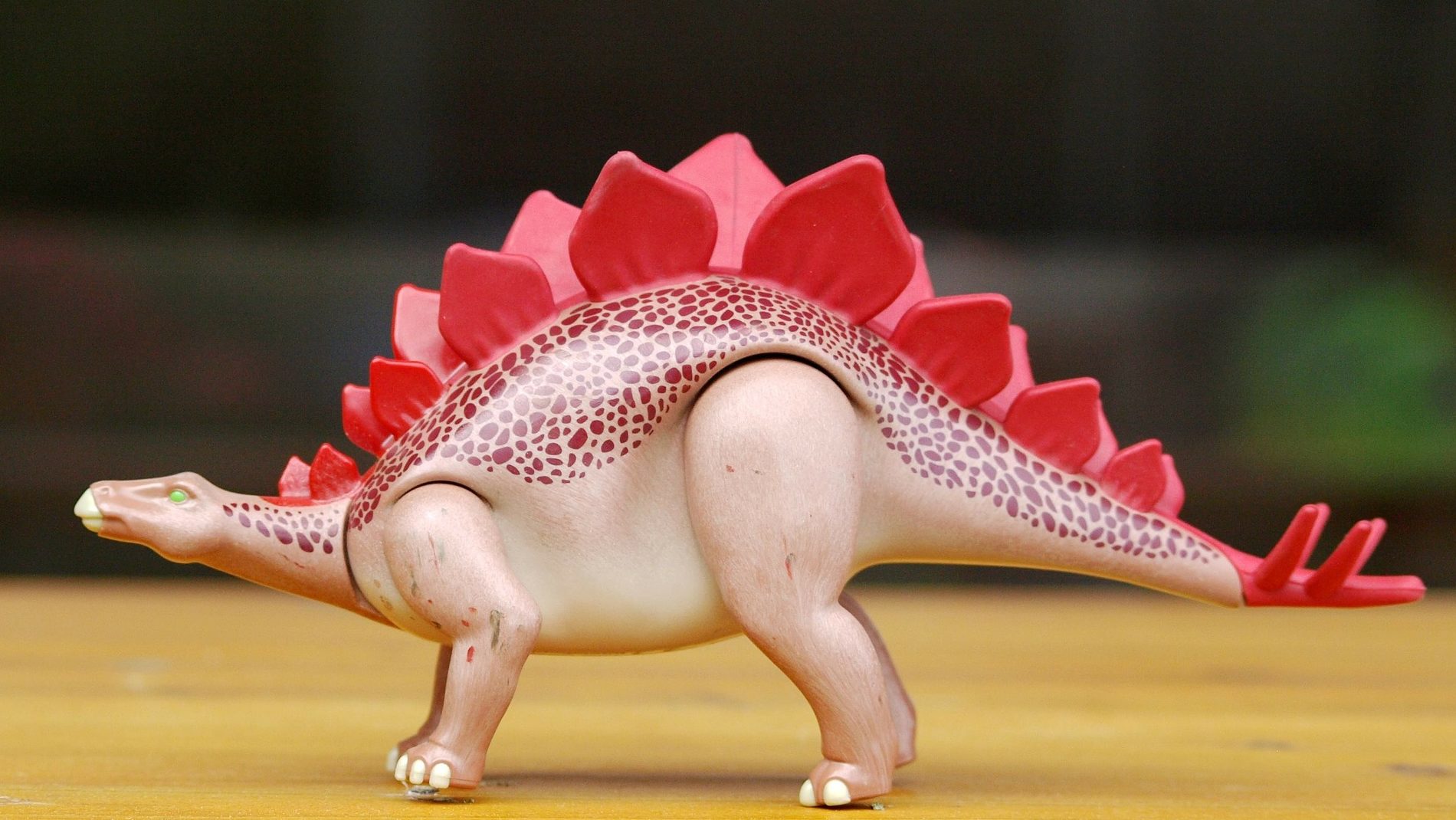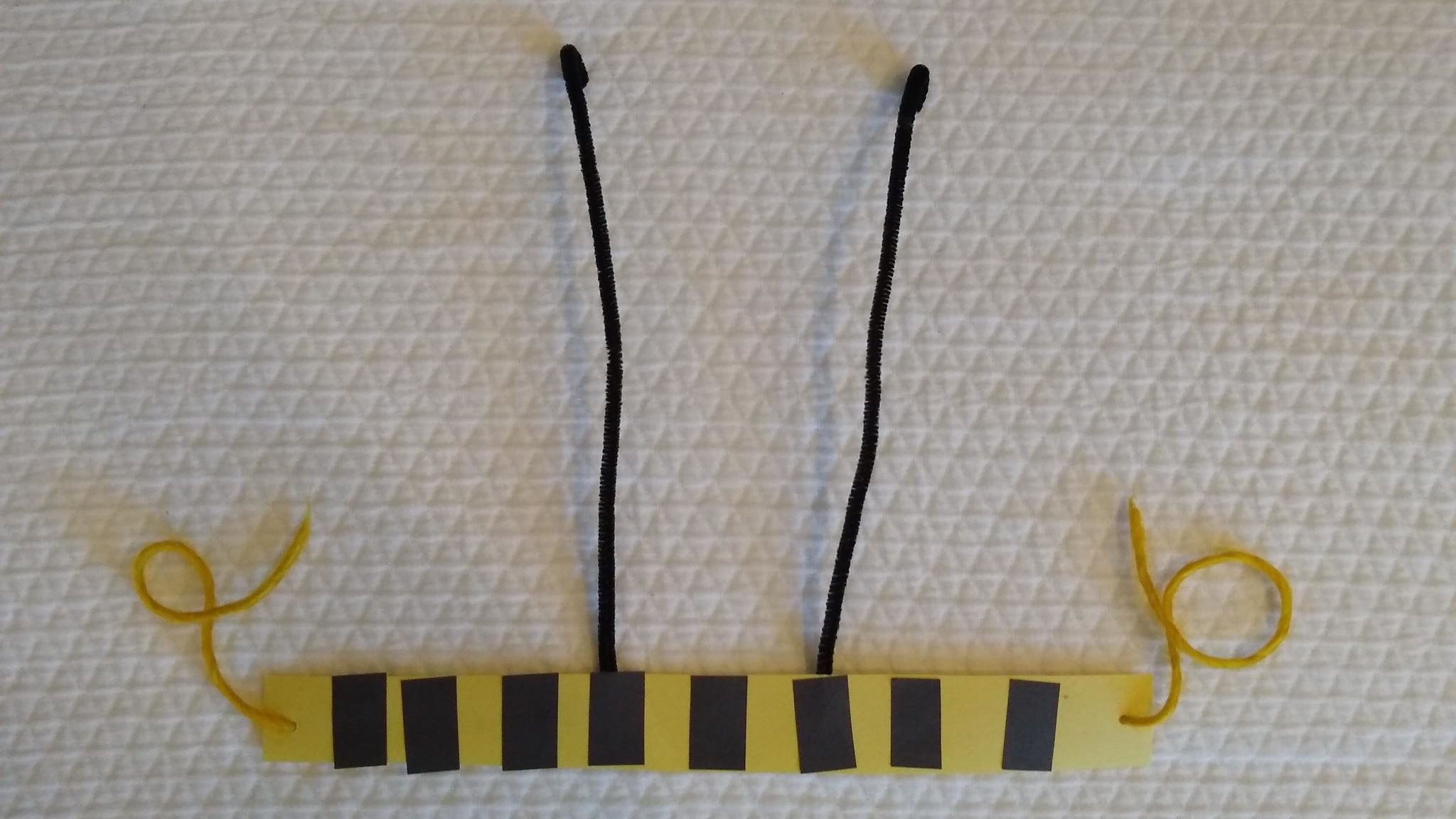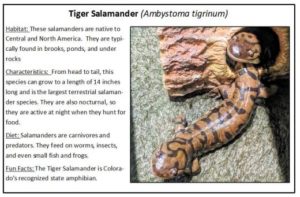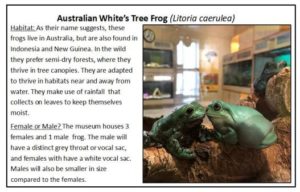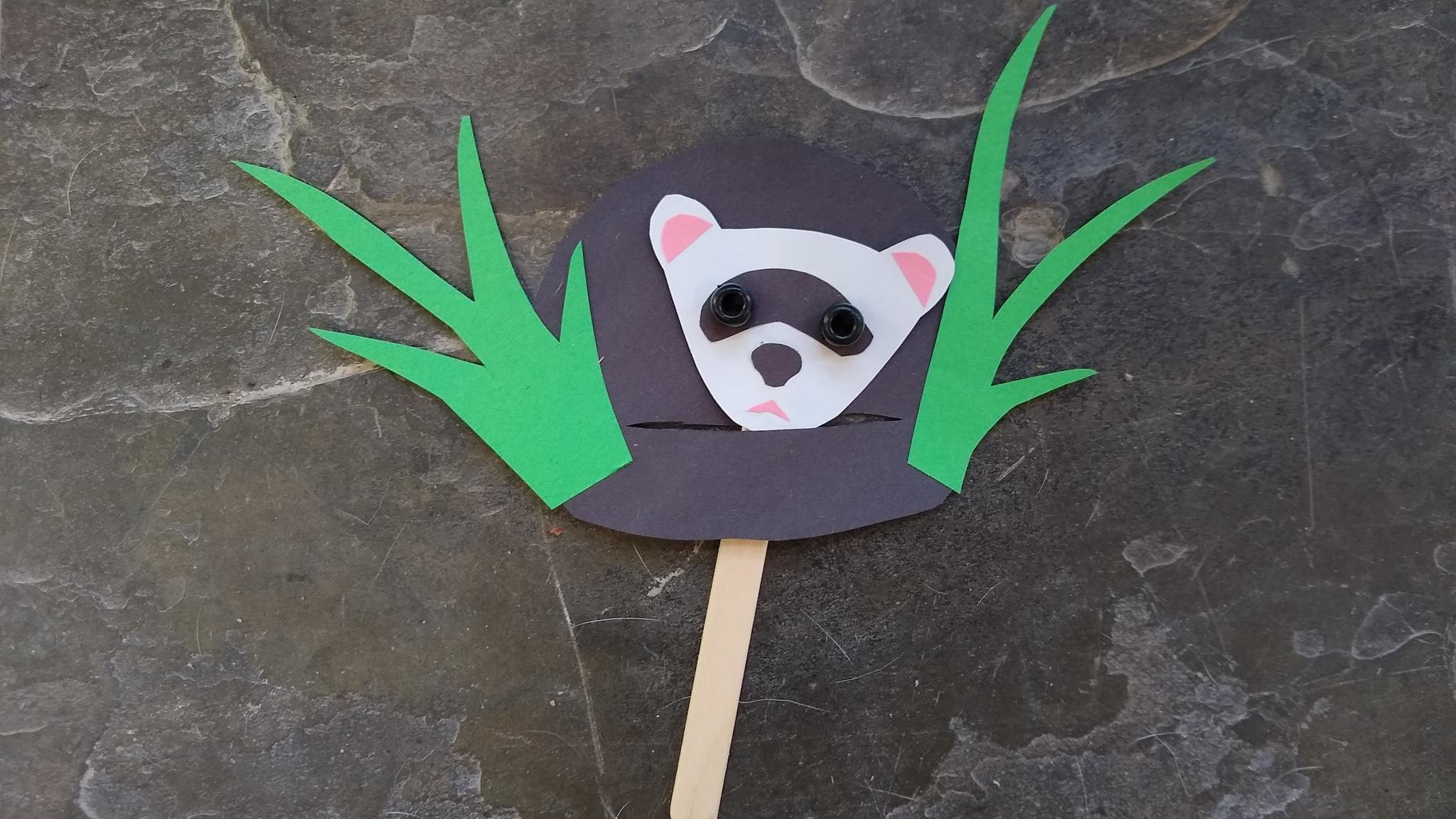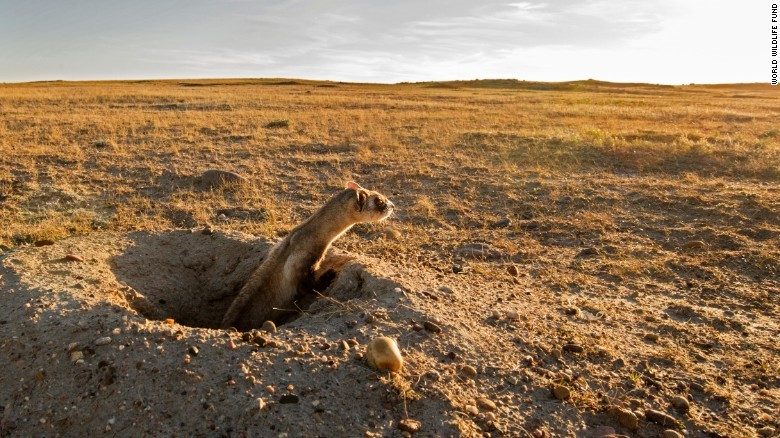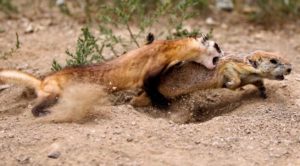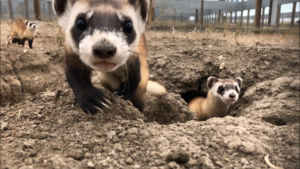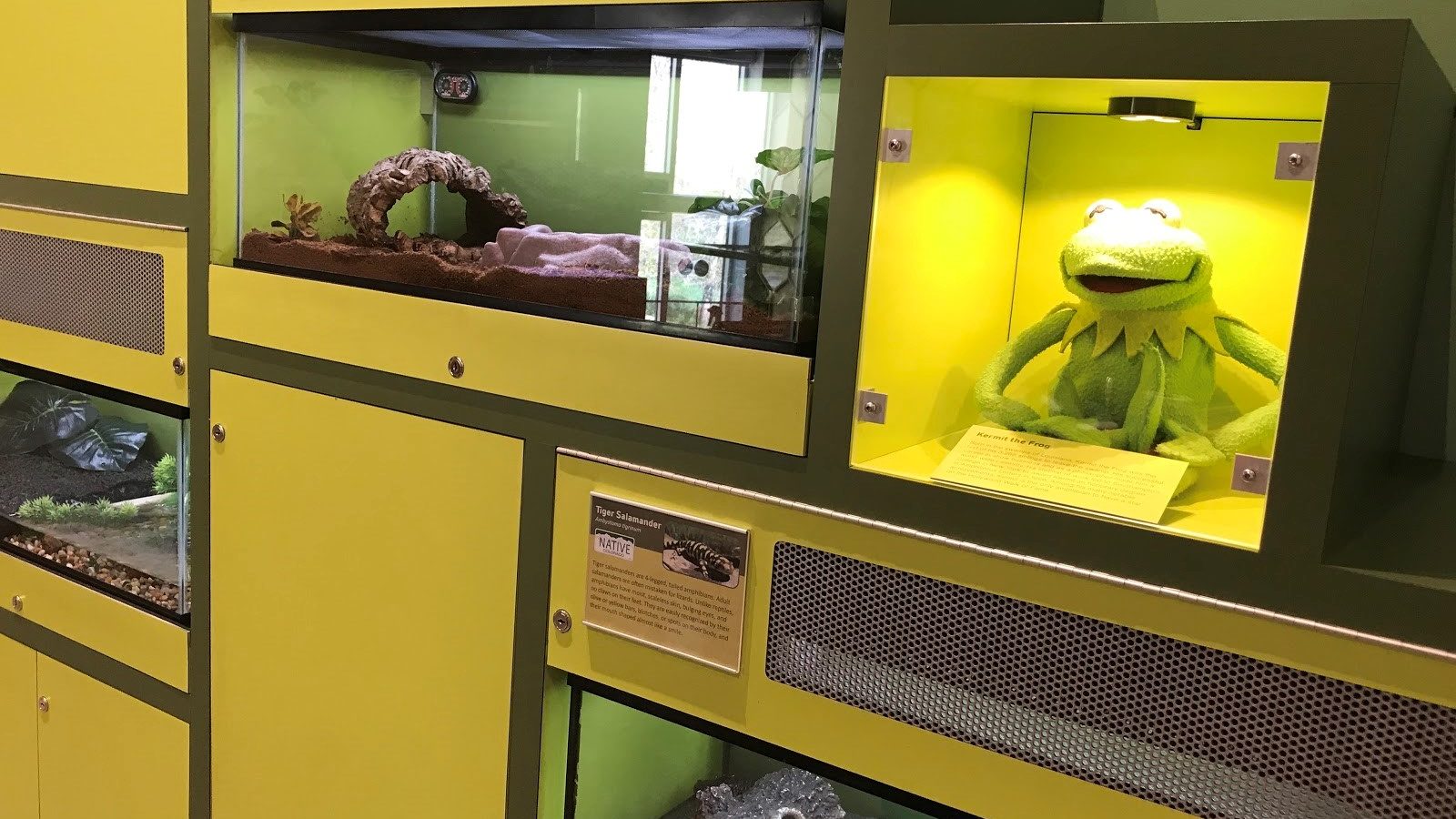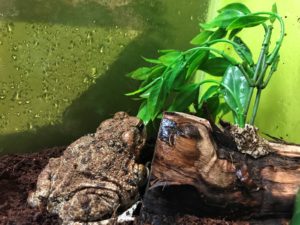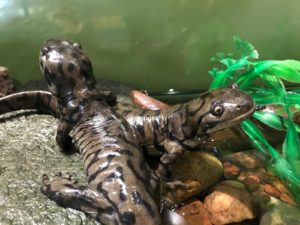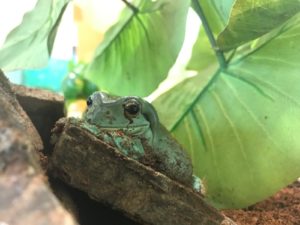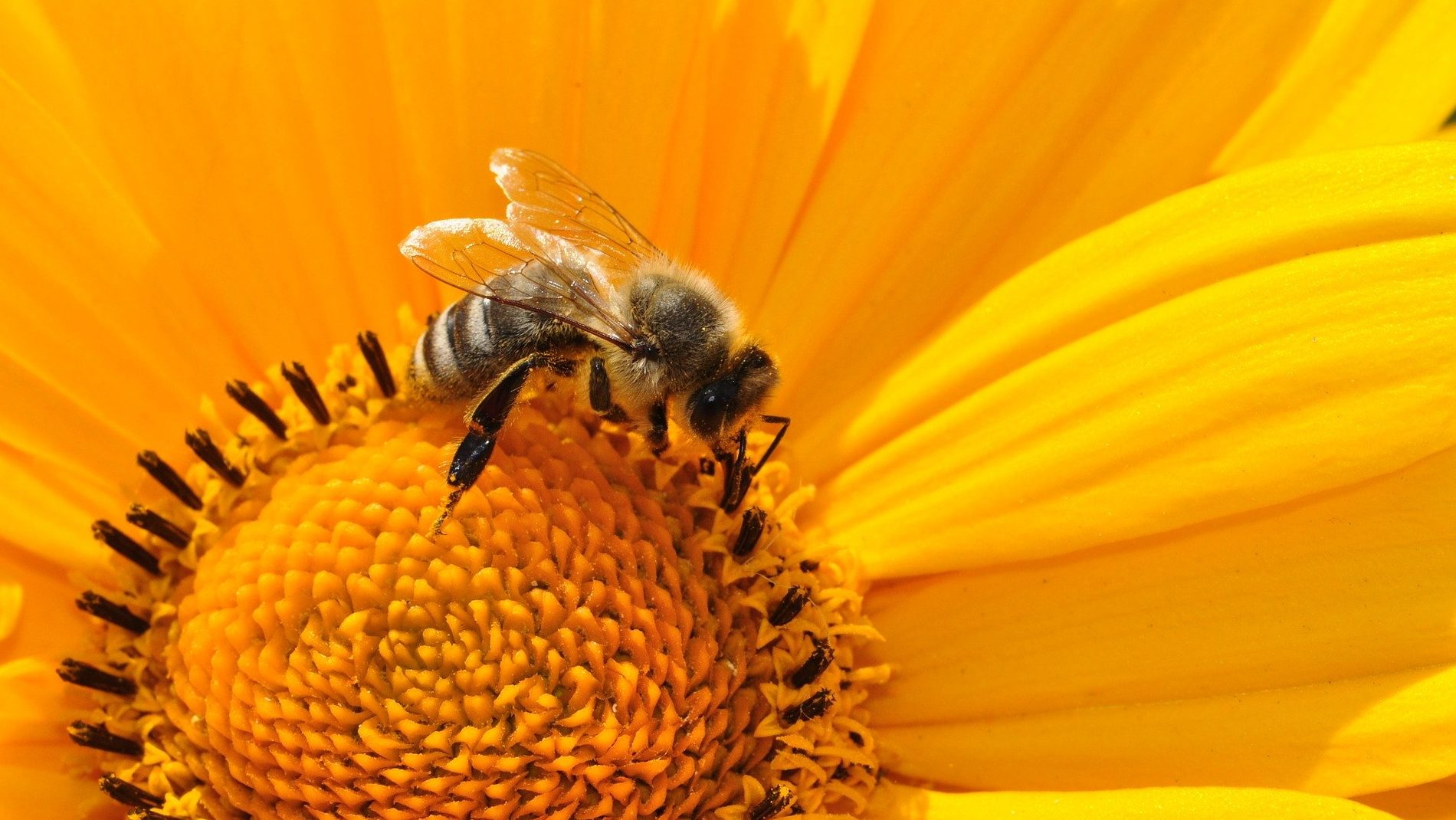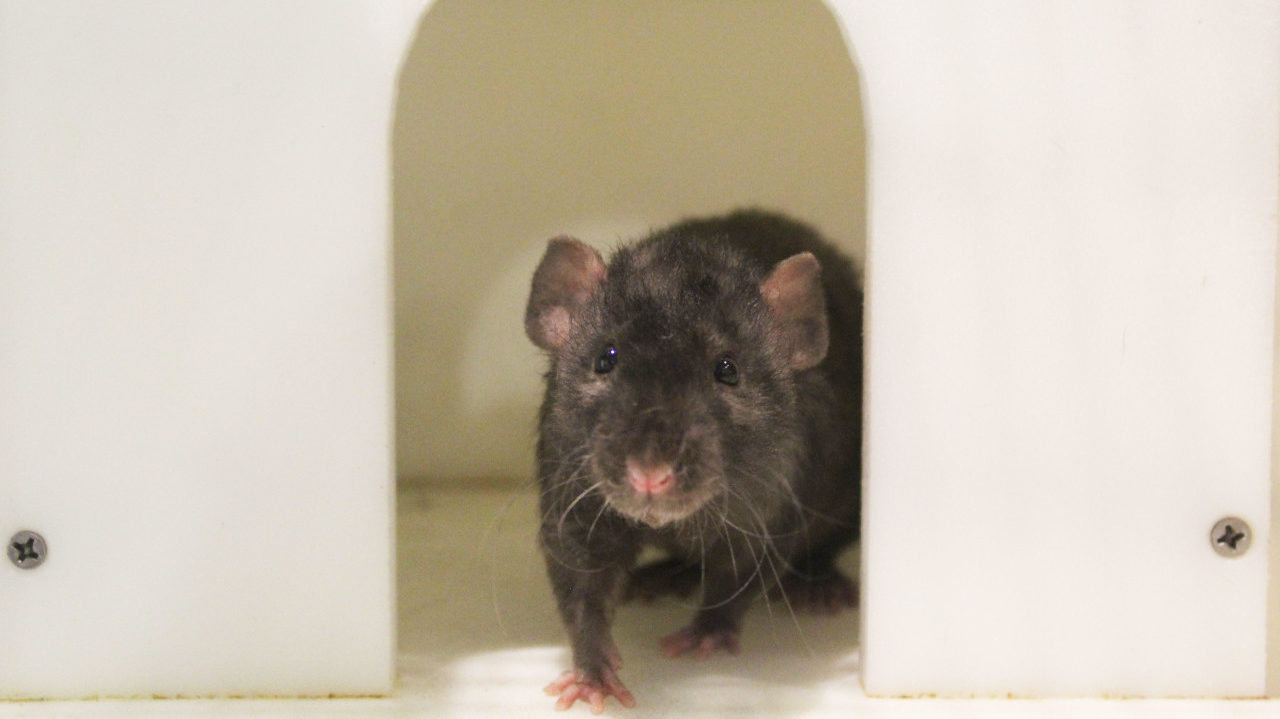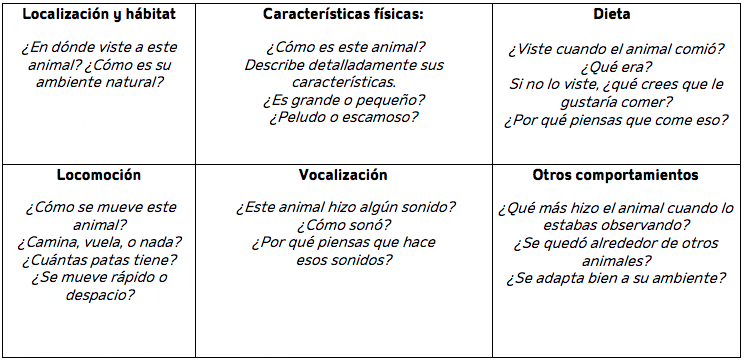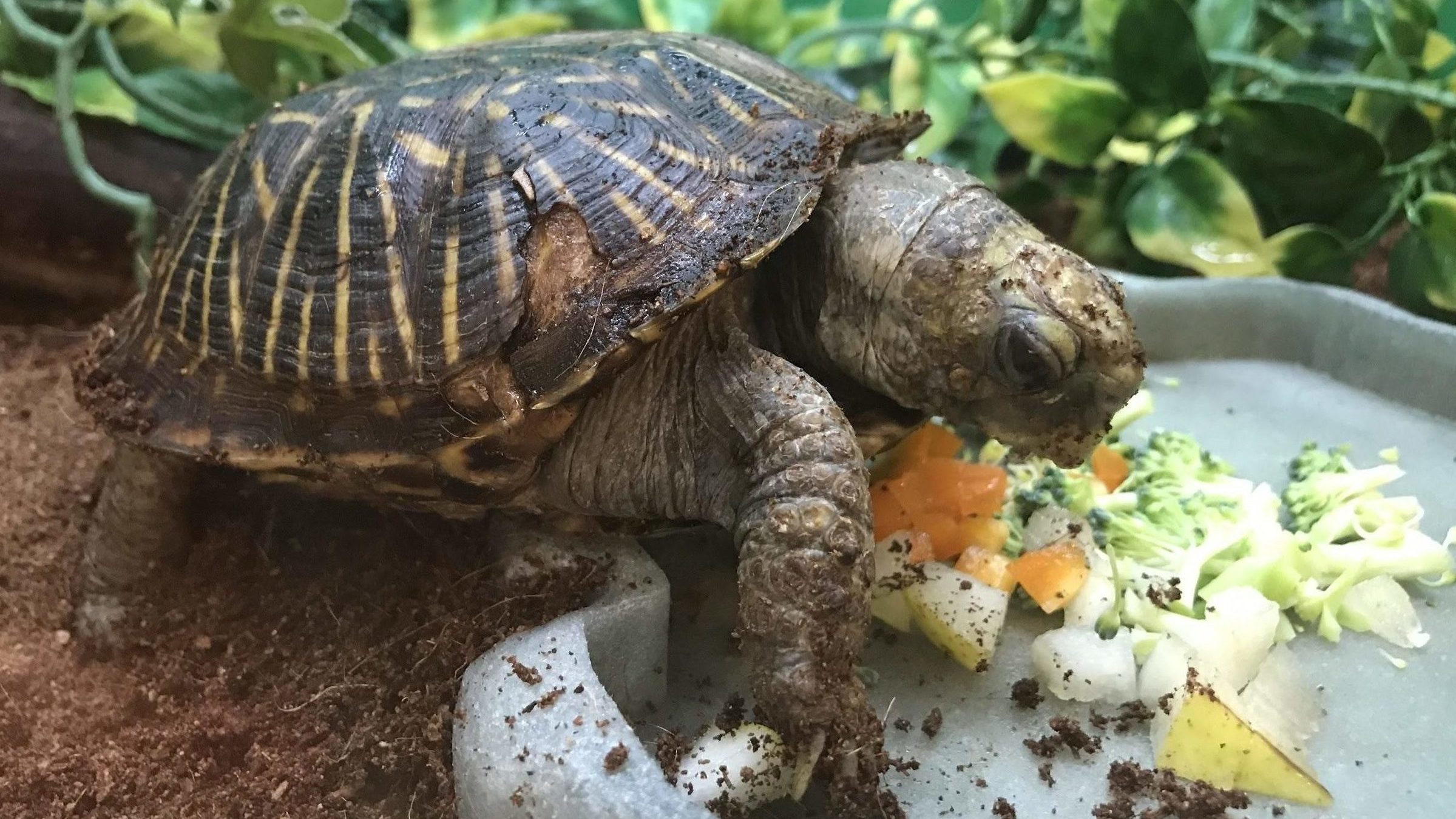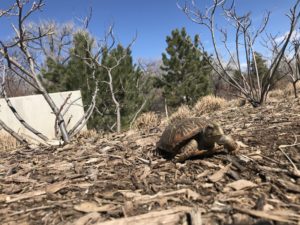Post written by Angela Kettle, School Programs Coordinator.
Daily Discovery: Celebrate our State Fossil – Build Your Own Stegosaurus
Did you know that the Stegosaurus was named Colorado’s state fossil in 1982? Build your very own Stegosaurus using household materials. Then, discover a little bit about how the Stegosaurus lived!
Supplies:
All supplies are optional. Use what you have!
• Air dry clay or play-doh for the Stegosaurus body
• Cardboard or paper plates for the Stegosaurus plates
• Construction paper for the Stegosaurus spikes
• Glue or tape
• Markers
• Paint
Instructions:
1. Build your Stegosaurus! Be innovative with your materials, and use the graphic to help guide you! Here is one way you could build your stegosaurus:
- Did you know that the Stegosaurus was around 21 feet long and 30 feet tall in real life? Since we’ll be making a model in this activity – or a smaller version of the original — decide how big you want your Stegosaurus to be for this purpose.
- Use play-doh to make the body. The Stegosaurus is known to have a small skull, short upper limbs, broad feet, and a relatively long tail.
- Use the cardboard to make the Stegosaurus’s plates. The plates are mostly triangular. Press these cardboard plates into the Stegosaurus body in an alternating pattern. (Fun fact: did you
know that no two plates from the same Stegosaurus are identical?) - Cut down your construction paper. Use the pieces to make 4 spikes. Press these spikes into the Stegosaurus tail.
- Paint or color your Stegosaurus if desired.
2. Behold your 3D Stegosaurus creation!
Questions to Ponder:
1. How might a Stegosaurus use its plates? What about its spikes?Why do you think?
2. Stegosauruses have very small, flat teeth. What other animals have flat teeth? What do you think Stegosaurus was eating based on its teeth?
3. Study the picture of the Stegosaurus, along with your 3D creation. Based on its anatomy (how it is structured), how do you think a Stegosaurus would look when it moved?
4. Research your answers here.
References and Additional Information:
Povid, K. (n.d.). A Stegosaurus brought to life. Natural History Museum. https://www.nhm.ac.uk/discover/stegosaurus-brought-to-life.html
Encyclopedia Britannica. (2019). Stegosaurus. In Encyclopedia Britannica. https://www.britannica.com/animal/Stegosaurus
Want to download these directions? Click here for a handy PDF!
Follow along with our Daily Discovery! Click here for all activities that you can do at home.
Educational opportunities like this are supported in part by Fort Fund.

Traducido por Károl de Rueda y Laura Vilaret-Tuma.
Descubrimiento en casa: Celebrando el fósil oficial de Colorado – Crea tu propio estegosaurio
¿Sabías que el estegosaurio fue nombrado el fósil oficial del estado de Colorado en el año de 1982? Crea tu propio estegosaurio utilizando materiales que ya tienes en casa, y ¡descubre un poco más sobre cómo vivió este dinosaurio asombroso!
Artículos necesarios:
Todos estos materiales son opcionales. Puedes usar lo que tengas disponible en casa.
• Arcilla o plastilina (para el cuerpo de estegosaurio)
• Cartulina o platos desechables/de papel (para las placas)
• Papel de colores (para las púas)
• Pegamento y/o cinta adhesiva
• Marcadores
• Pinturas
Instrucciones:
1. ¡Construye tu estegosaurio! Sé innovador/a con tus materiales y utiliza la imagen a continuación como guía. Sigue estos pasos para construir este dinosaurio único:
- ¿Sabías que el estegosaurio medía 6.2 metros (21 pies) de largo y 9.1 metros (30 pies) de alto? Para esta actividad, tú decide el tamaño que quieras. Tu dinosaurio puede ser pequeño, mediano o muy grande.
- Una opción es utilizar arcilla o plastilina para moldear el cuerpo del estegosaurio. Esta creatura es conocida por su cráneo pequeño, extremidades delanteras muy cortas, patas anchas, y una cola larga y rígida.
- Utiliza la cartulina o platos desechables para formar las placas. Estas son mayormente triangulares. Presiónalas contra el cuerpo de tu estegosaurio en dos hileras. Dato curioso: ¿sabías que ningunas de las placas de un estegosaurio eran idénticas una de la otra? ¡Todas eran diferentes!
- Corta tu papel de colores en formas puntiagudas para hacer cuatro púas, y presiónalas contra la cola de tu estegosaurio.
- Si quieres, pinta o colorea tu modelo. Como mencionamos antes, todavía no se sabe de qué color eran estos grandiosos animales, así que puedes pintarlo y decorarlo con tus colores favoritos y de la manera que quieras.
2. Cuando esté completamente terminado, ¡admira tu propio modelo de estegosaurio en tercera dimensión hecho por ti mismo y muéstraselo a tu familia!
Y hablando de estos dinosaurios, ¿puedes contestar a estas preguntas?
1. ¿Para qué crees que un estegosaurio usaría sus placas? ¿Y sus púas? ¿Para qué servirían?
2. Los estegosaurios tenían dientes relativamente pequeños con facetas planas. Basándonos en la estructura de sus dientes, ¿qué crees que este dinosaurio comía? ¿Hoy día, cuáles otros animales tienen sus dientes así?
3. Estudia la imagen del estegosaurio que está más arriba, y también tu propio modelo. Observando su anatomía (su cuerpo/estructura) ¿cómo crees que estos animales se movían?
4. Investiga tus respuestas aquí (enlace en inglés para el National History Museum): https://www.nhm.ac.uk/discover/stegosaurus-brought-to-life.html
Referencias y más información:
Povid, K. (n.d.). A Stegosaurus brought to life. Natural History Museum. https://www.nhm.ac.uk/discover/stegosaurus-brought-to-life.html
Encyclopedia Britannica. (2019). Stegosaurus. In Encyclopedia Britannica. https://www.britannica.com/animal/Stegosaurus
¿Te gustaría descargar esta actividad? Haz clic aquí para obtener un archivo PDF.
Para encontrar actividades, ideas y mucho más descubrimiento en casa, ¡síguenos!

